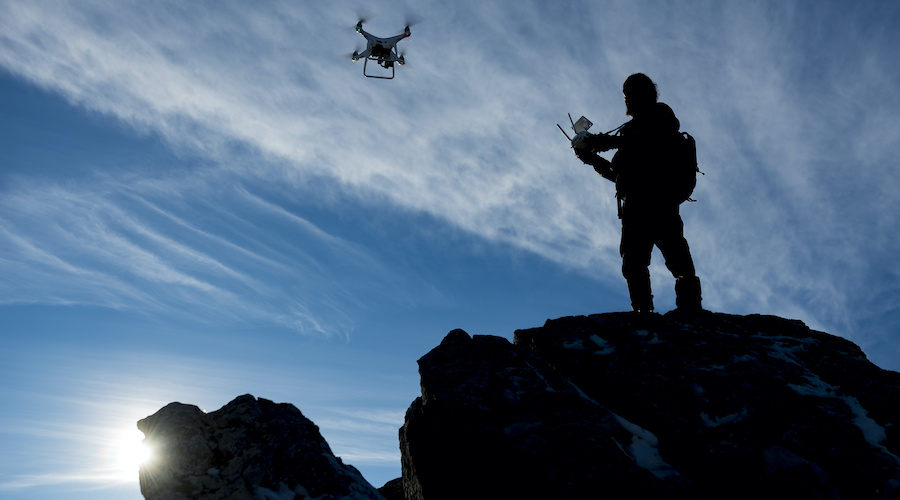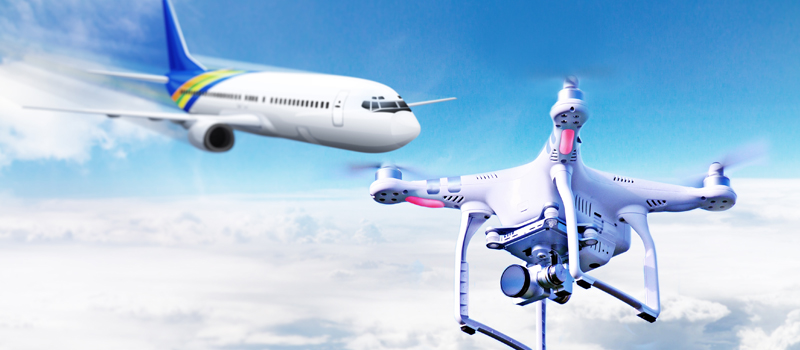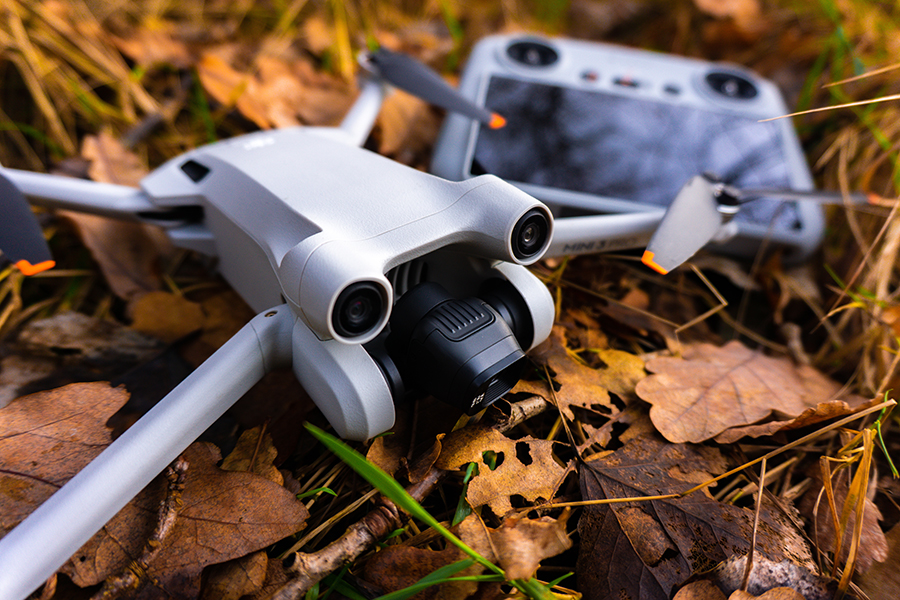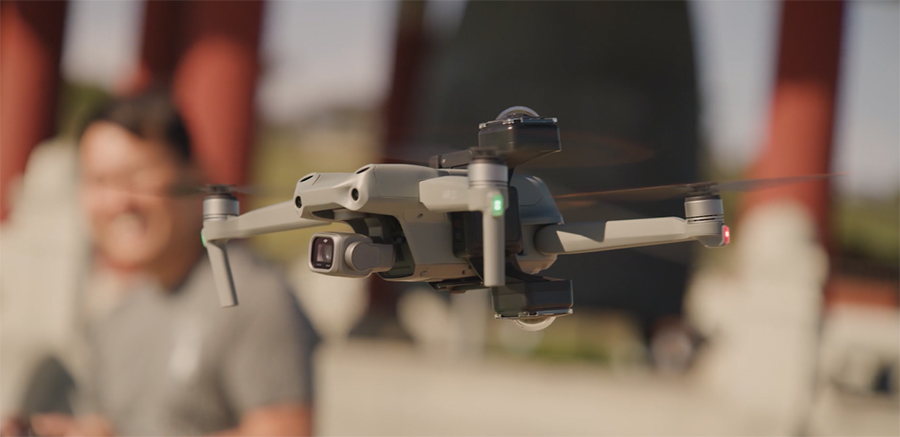-
Who needs a drone license?
-
How do you get your drone license?
- Part 61 Private Pilots
-
How long is my drone license valid?
-
How much does a drone license cost?
-
How long does it take to get a license?
-
What's the difference between drone licenses and registration?
-
How much can drone pilots make?
-
What rules do recreational and commercial drone pilots need to follow?
-
Have questions?
There are rules that you need to follow in the United States to legally fly your drone. The Federal Aviation Administration (FAA) is in charge of airspace across the entire country and they require you to have a license to operate your drone in certain cases.
We’ve written this article to make it easy to understand the process to getting a drone license.
Who needs a drone license?
Currently, you only need to have a drone license in the United States if you are operating for commercial reasons.
You do not need a drone license if you are flying for fun.
How does the FAA define commercial use for drones?
The FAA defines commercial use broadly and you need a drone license if the intent behind your flight is non-recreational. Generally, it does not matter whether you directly received compensation for your flight.
During a webinar in 2019, the FAA went so far as to say that checking your gutters with your drone would require a drone license because the intent of the flight was not to have fun.
Drone licenses are sometimes called Part 107 certificates, which is named after the regulation that controls commercial drone flights. People also sometimes call it the “Remote Pilot” license.
How do you get your drone license?
The requirements for getting your drone license are straightforward. You must:
- Be at least 16 years of age
- Be able to read, write, understand, and speak English
- Be physically and mentally fit to fly a drone
If you meet these criteria, then you need to pass a 60 question multiple-choice exam. The exam is comprehensive and you will be tested on airspace, weather, regulations, airport operations, crew resource management, aeronautical decision-making, and more.
Here’s the process to get your drone license from start to finish:
- Setup an account on the FAA’s IACRA system. This must be done before you can schedule the required exam.
- You must take the 60 question multiple-choice test in-person. There are testing centers all across the United States. You can find a list of testing centers here.
- You need to get at least 70% on the exam to pass. After you pass the exam, the testing center will give you a form that you can use in IACRA to submit your drone license application. Once you submit your application, the FAA will send your information to the TSA for a background check.
- After several days, the FAA will issue you a temporary certificate that you can use to fly commercially. They will then mail you a physical card after about a month.
Free Course: Get 75 minutes of videos for free and learn about the entire drone license process here.
Part 61 Private Pilots
If you have your Private Pilot license and had a flight review within the last 24 months, you can get your drone license through a different process. You can learn more here.
How long is my drone license valid?
Your drone license never expires. Having said that, you need to renew your drone license every 24 months to stay current.
The exam to renew your license is shorter at 40 questions. The scope of the exam is also different and some areas have been removed. You still need to get a 70% or greater to pass.
How much does a drone license cost?
It costs roughly $160 to get a drone license. This is the test-fee cost and it goes directly to the testing-center.
Additionally, as a commercial drone pilot you need to register each drone individually. This can be done on the FAA DroneZone and it costs $5 per drone.
The test-fee is non-refundable. If you fail, you will have to pay $160 to take the exam again. You will need to wait 14 days before you can retake the exam if you failed.
The only other cost is an optional training course like our Part 107 Made Easy course. A course can speed up your learning and ours comes with a money-back guarantee that you’ll pass the exam.
How long does it take to get a license?
The exam is no walk-in-the-park and it includes a lot of specialized aviation knowledge. The FAA recommends 20 hours of studying.
We recommend taking about an hour a day for 14 days to pass the test.
Testing centers generally have a lot of availability and you only need to schedule it a few days ahead of time. The FAA also offers a free study guide for the exam.
What’s the difference between drone licenses and registration?
Just like cars, drones have licenses and registration.
All drones that you fly recreationally need to be registered if they weigh more than 250 grams. This is the majority of drones.
Every drone used for commercial reasons needs registered regardless of weight.
You can register your drone on FAA DroneZone. You will need to pay $5 and affix a registration number to a visible location on your drone.
How much can drone pilots make?
There’s no upper limit to how much drone pilots can make. Having said that, just like with any job the pay varies tremendously based on skill and marketing abilities.
If you can score a full-time job that uses drones, you can earn anywhere from $35 – $80k per year.
Many people are also flying drones for one-time projects. These jobs can be found on networks such as DroneBase and they can pay $200-$300 per shoot.
What are people doing with a drone license?
Real estate agents routinely hire drone pilots to film high-end listings. Drones are used in construction for progress updates, mapping, and more. Many roofing companies are using drones to quickly estimate roofs.
Insurance adjusters are using drones frequently now. Additionally, first responders such as police and fire departments are using drones to monitor situations.
Utilities are using drones to inspect power lines. Perhaps the largest use of drones is from professional videographers and photographers.
People with more specialized skills and high-end equipment stand to make more.
What rules do recreational and commercial drone pilots need to follow?
There are numerous rules you must follow as a drone pilot. These are some of them:
- Maintain line-of-sight at all times. This means that you should be able to see the drone.
- Never fly 400 feet above the ground.
- Always yield to manned airplanes and helicopters.
- Never fly in restricted airspace without approval. You can learn how to request approval here.
- Register your drone with the FAA.
- Don’t fly over people or moving vehicles.
- Do not operate a drone under the influence of drugs and alcohol.
- Check for local laws and ordinances.
- Don’t fly near power stations, government facilities, water treatment areas, and correctional facilities. Learn more here.
Have questions?
We are here to help you. Pilot Institute is dedicated to aviation training and our experts can answer your questions for free. Reach out to [email protected].
Contents



